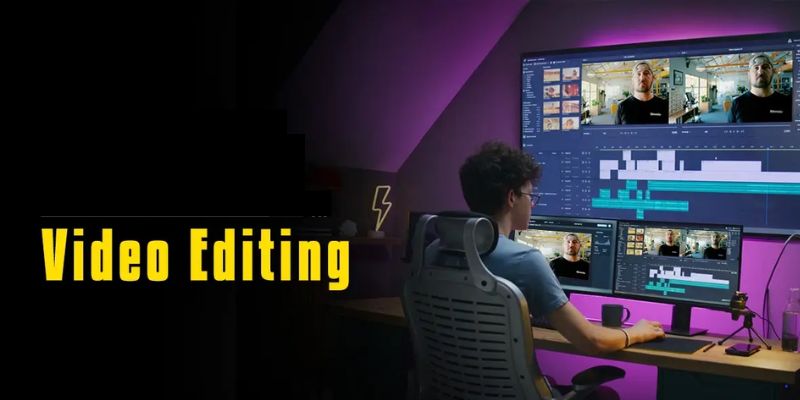
Configuration management is a core practice in DevOps that plays a vital role in ensuring consistency, reliability, and efficiency in software development and operations. By automating the process of managing infrastructure and application configurations, it minimizes human errors, speeds up deployment, and ensures that all environments are standardized. Similarly, in creative fields, automation can streamline processes, such as in video production where a Video Editing Course in Chennai teaches how to efficiently manage various elements of editing. In this blog, we will explore The Importance of Color Grading in Video Editing and why it is essential for modern development pipelines.
What is Color Grading?
The Difference Between Color Correction and Color Grading
Before diving into the importance of color grading, it’s essential to understand the distinction between color correction and color grading. Color correction is the process of adjusting the colors in the footage to ensure that everything looks natural and consistent. This includes balancing the white levels, exposure, and contrast. Color grading, on the other hand, involves enhancing or altering the colors to achieve a specific artistic look or tone.
Why Color Grading is Essential
1. Setting the Mood and Tone
Color grading has the power to set the mood of a scene. For instance, a cool, blue tint can evoke feelings of sadness or tension, while a warm, golden hue can convey happiness or nostalgia. By adjusting the colors, editors can enhance the emotional impact of a scene, guiding the audience’s reaction to the story.
2. Enhancing Visual Appeal
Color grading can transform dull, flat footage into visually appealing scenes. By fine-tuning the colors, saturation, and contrast, editors can make the visuals pop, creating a more engaging and polished final product. For those looking to master this art, enrolling in a Training Institute in Chennai can provide the necessary skills and knowledge to excel in color grading. This is particularly important for commercials, music videos, or promotional content where aesthetic appeal is crucial.
3. Continuity and Consistency
In many cases, footage is shot under varying lighting conditions, which can result in inconsistencies in color and exposure. Color grading ensures that the entire video maintains a cohesive look, even if scenes were shot at different times or locations. This is especially important in films and documentaries, where continuity is key to storytelling.
Tools for Color Grading
1. DaVinci Resolve
DaVinci Resolve is one of the most popular tools for professional color grading. It offers a wide range of color correction and grading features, allowing editors to achieve precise control over the final look of the footage.
2. Adobe Premiere Pro
Adobe Premiere Pro also includes robust color grading features through its Lumetri Color panel. This tool is widely used by editors who need to perform both color correction and grading within a single platform.
Color grading is a crucial step in video editing that can dramatically impact the final product. From setting the tone and mood to enhancing the visual appeal and ensuring continuity, it’s an essential tool for any video editor. For those looking to expand their creative expertise, enrolling in an Animation Course in Chennai can complement video editing skills by providing a deeper understanding of the Importance of Color Grading in Video Editing. By mastering color grading techniques and using powerful tools like DaVinci Resolve or Adobe Premiere Pro, editors can elevate their work and create visually compelling videos.